
Fiat Chrysler Automobiles’ Fiat division has been fading in the United States for some time as sales have declined and the brand’s reputation has eroded. Fiat’s reputation was further tarnished when the brand ranked last in the new American Customer Satisfaction Index for cars. The rating was matched by stablemate Dodge. At the top of the list, Toyota Motor Corp.’s Lexus brand finished first.
The ACSI rating is based on a score that ranges from 1 to 100. The industry-wide score for 2017 was 81. Lexus, which routinely does well in this sort of research, scored 86. Fiat and Dodge scored 75. Fiat Chrysler’s two other brands, Chrysler and Jeep, also did poorly. Chrysler scored 79 and Jeep 80.
In general, car ownership satisfaction dropped slightly last year, according to the ACSI. Also, U.S. car manufacturers posted poorer results in the latest survey when compared to the previous year. For years, they have performed worse, on average, than international car manufacturers.
Click here to see the best and worst car brands.
While satisfaction among the customers of GM and other Detroit automakers slid or remained flat last year, foreign-made vehicles tended to have the highest driver satisfaction. More than three-quarters of the above-average nameplates in the survey are imports.
According to the ACSI, “the gap between international and domestic manufacturers has widened because of the downturn for U.S. cars.”
Luxury and mass-market vehicles also cluster at opposite ends of the customer satisfaction survey. Most brands reviewed are mass-market vehicles, but of the 13 car brands with above-average ACSI scores, seven are luxury brands. Only one luxury brand scored below average in customer satisfaction.
To determine the best and worst car brands of 2017, 24/7 Wall St. reviewed customer satisfaction figures from the American Customer Satisfaction Index’s Automobile Report 2017. The report was based on 3,934 customer survey responses between July 1, 2016 and June 20, 2017. Sales and market share data were obtained from GoodCarBadCar.net.

25. Lexus
> 2017 customer satisfaction index: 86
> 2016 customer satisfaction index: 84
> U.S. YTD sales 162,662
> U.S. YTD market share: 1.7%
Lexus is Toyota’s luxury brand. Launched in 1989, the brand’s lines of cars and SUVs are among the top selling in the United States. Unit sales through the first seven months of 2017 dropped 9.4% as sales of some of the most popular Lexus models posted double digit declines. However, these weak sales came Lexus recently ranked first in the J.D. Power Vehicle Dependability Study 2017.
[in-text-ad]

24. Toyota
> 2017 customer satisfaction index: 86
> 2016 customer satisfaction index: 85
> U.S. YTD sales 1,214,560
> U.S. YTD market share: 12.4%
Toyota is the perennial top selling Japanese car brand in America, with sales rivalling that of American automakers Ford and GM. Toyota regularly rises to the top in consumer research about car companies. It ranked third in the recent J.D. Power Vehicle Dependability Study. The Toyota RAV4 and Camry are among the best selling car models in the United States this year.

23. Subaru
> 2017 customer satisfaction index: 85
> 2016 customer satisfaction index: 84
> U.S. YTD sales 360,513
> U.S. YTD market share: 3.7%
Subaru is well known for its sturdy, inexpensive cars. The company was a pioneer in incorporating all-wheel drive in all of its models. The Japanese automaker is by some measures the hottest car company in America today. In an industry with stagnant to reduced sales this year, Subaru’s unit sales are up 8.7% year-to-date.

22. GMC
> 2017 customer satisfaction index: 84
> 2016 customer satisfaction index: 84
> U.S. YTD sales 310,587
> U.S. YTD market share: 3.2%
As GM’s truck division, GMC makes only SUVs and pickup trucks. GMC unit sales rose 1.6% in the first seven months of this year, led by strong sales of the midsize SUV Acadia — Acadia sales rose 44.3% to 65,700. GMC is the second largest of GM’s divisions by sales after Chevy.
[in-text-ad-2]

21. Mercedes-Benz
> 2017 customer satisfaction index: 84
> 2016 customer satisfaction index: 81
> U.S. YTD sales 187,869
> U.S. YTD market share: 1.9%
Mercedes unit sales dropped 1.9% over the first seven months of 2017, as rising sales of its SUV and crossover models were not enough to offset weak sales in many of its passenger cars. Sales of the entry level CLA dropped 32.8% to 10,686 through July. However, sales of the GLS SUV have risen 15.3% to 17,929. The nine-decade old company is known for its high quality, luxury products and usually does very well on consumer satisfaction surveys.

20. Cadillac
> 2017 customer satisfaction index: 83
> 2016 customer satisfaction index: 79
> U.S. YTD sales 83,300
> U.S. YTD market share: 0.9%
At 115 years old, Cadillac is one of the oldest car companies in America. Before the success of German imports BMW and Mercedes and Japan’s Lexus, Cadillac was a dominant part of the luxury car industry in the United States. However, in July, it sold just about 11,000 cars and SUVs, a fraction of the market leaders’ unit sales. Cadillac’s sales are slipping this year, down 4.9% on weakness of demand for its ATS and CTS models.
[in-text-ad]
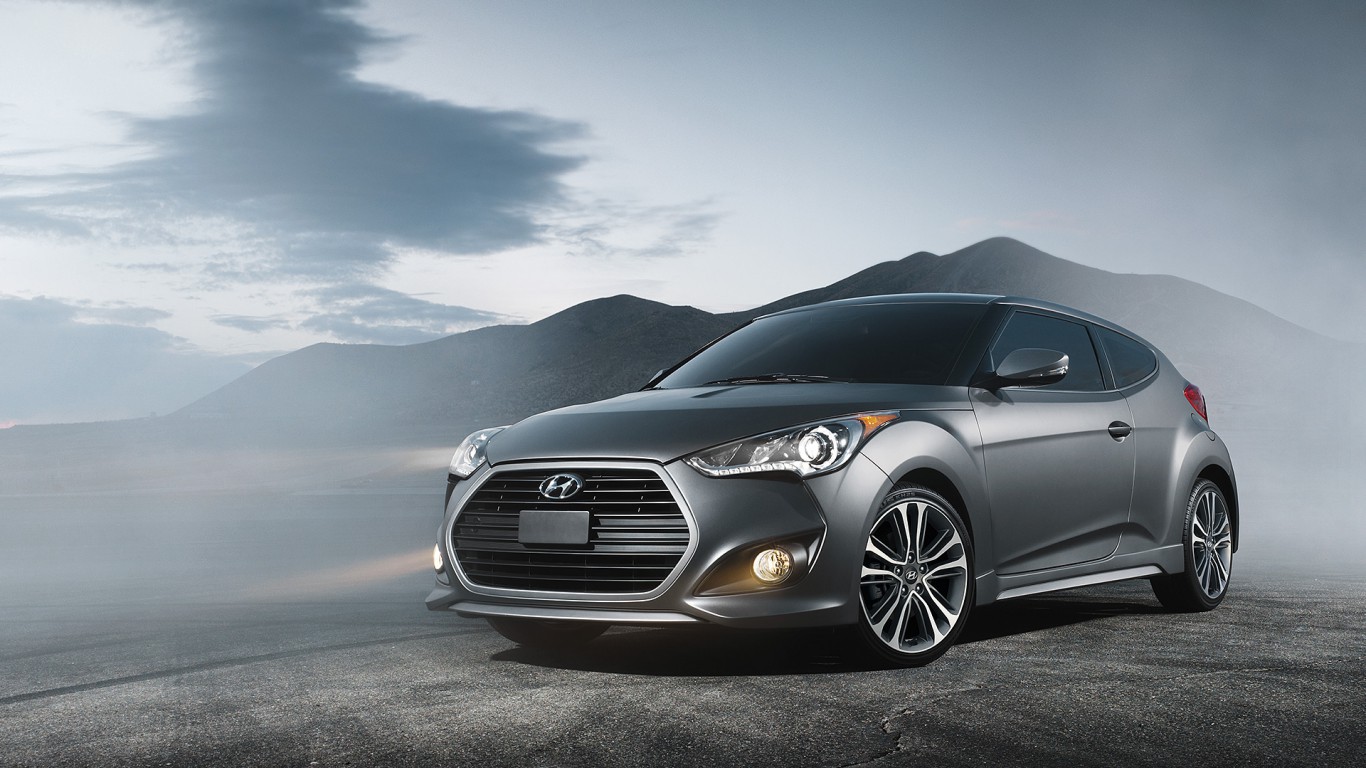
19. Hyundai
> 2017 customer satisfaction index: 83
> 2016 customer satisfaction index: 81
> U.S. YTD sales 388,860
> U.S. YTD market share: 4.0%
Hyundai is one of two South Korean car brands controlled by The Hyundai Motor Group. The other is Kia. Hyundai unit sales dropped 28% in July. Sales of its previously top selling Sonata were down by 30% through the first seven months of the year compared to the same period in 2016.

18. Lincoln
> 2017 customer satisfaction index: 83
> 2016 customer satisfaction index: 87
> U.S. YTD sales 65,212
> U.S. YTD market share: 0.7%
Like Cadillac, Ford’s Lincoln car unit was once a leader in the luxury car market in the United States. It no longers occupies the top tier, where Mercedes, BMW, and Lexus now dominate. Lincoln unit sales are up 4.5% this year to 65,212. The key to the brand’s success is the new Continental. The car, which was discontinued in 2002, was resurrected for the 2017 model year. Lincoln sold 7,204 Continentals in the first seven months compared to none last year.
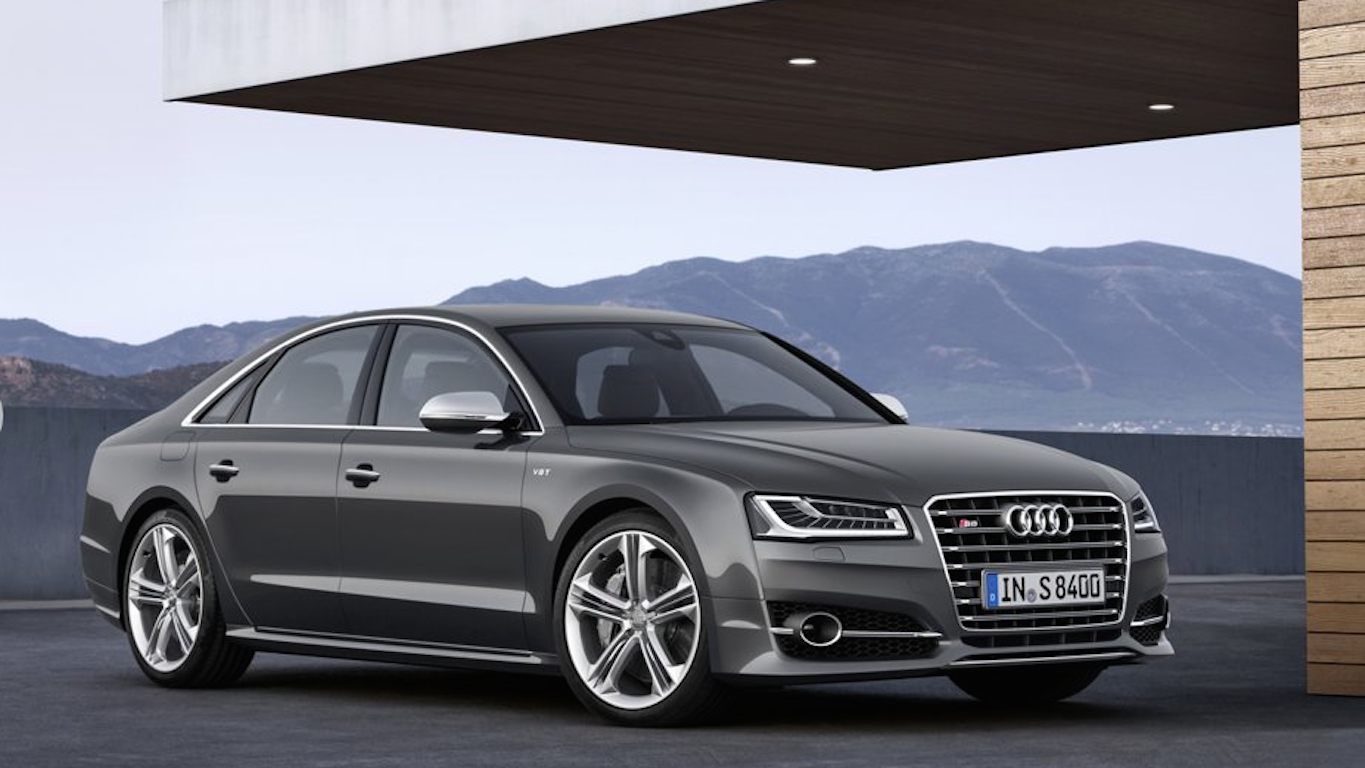
17. Audi
> 2017 customer satisfaction index: 82
> 2016 customer satisfaction index: 83
> U.S. YTD sales 121,795
> U.S. YTD market share: 1.2%
Audi is one of the luxury divisions of Volkswagen along with Porsche. The luxury automaker has become an important anchor for VW in the United States after the company’s diesel engine scandal, which caused the parent company’s domestic sales to crumble. Through the first seven months of this year, Audi has sold 121,795 units to VW’s 188,329. Audi’s sales have risen enough so that it poses a market share threat to its two larger German rivals.
[in-text-ad-2]
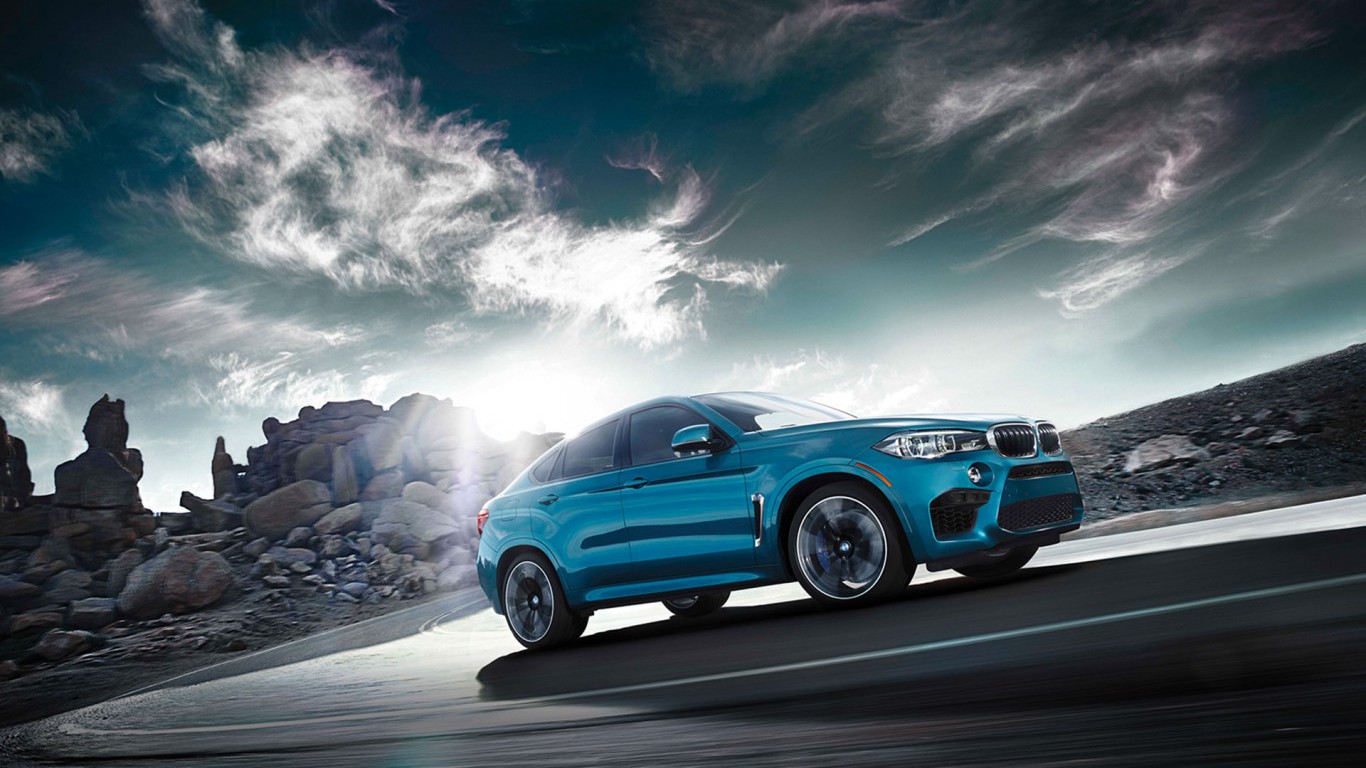
16. BMW
> 2017 customer satisfaction index: 82
> 2016 customer satisfaction index: 85
> U.S. YTD sales 171,051
> U.S. YTD market share: 1.7%
BMW was the world’s leading luxury car company for a decade. In 2016, Mercedes Benz passed it, selling nearly 80,000 more cars. Both companies still managed to sell over 2 million cars during the year. BMW’s unit sales slipped 4.6% in the first seven months of the year. Like many other car companies, it has suffered as people move purchasing from sedans and coupes to SUVs and crossovers. For the January to July period, sales of its passenger cars dropped 11.3% to 110,802, while light truck sales (including SUVs) rose 10.9% to 60,249.
15. Kia
> 2017 customer satisfaction index: 82
> 2016 customer satisfaction index: 79
> U.S. YTD sales 352,139
> U.S. YTD market share: 3.6%
Kia is the smaller brand of South Korea’s largest car company, The Hyundai Motor Group. Kia unexpectedly earned the top score in J.D. Power’s Initial Quality Study 2017. It is a spot usually held by perennial quality leaders such as Toyota and Lexus. Kia’s overall sales have been hurt badly by plunging sales of its crossover Sportage and Soul models.
[in-text-ad]
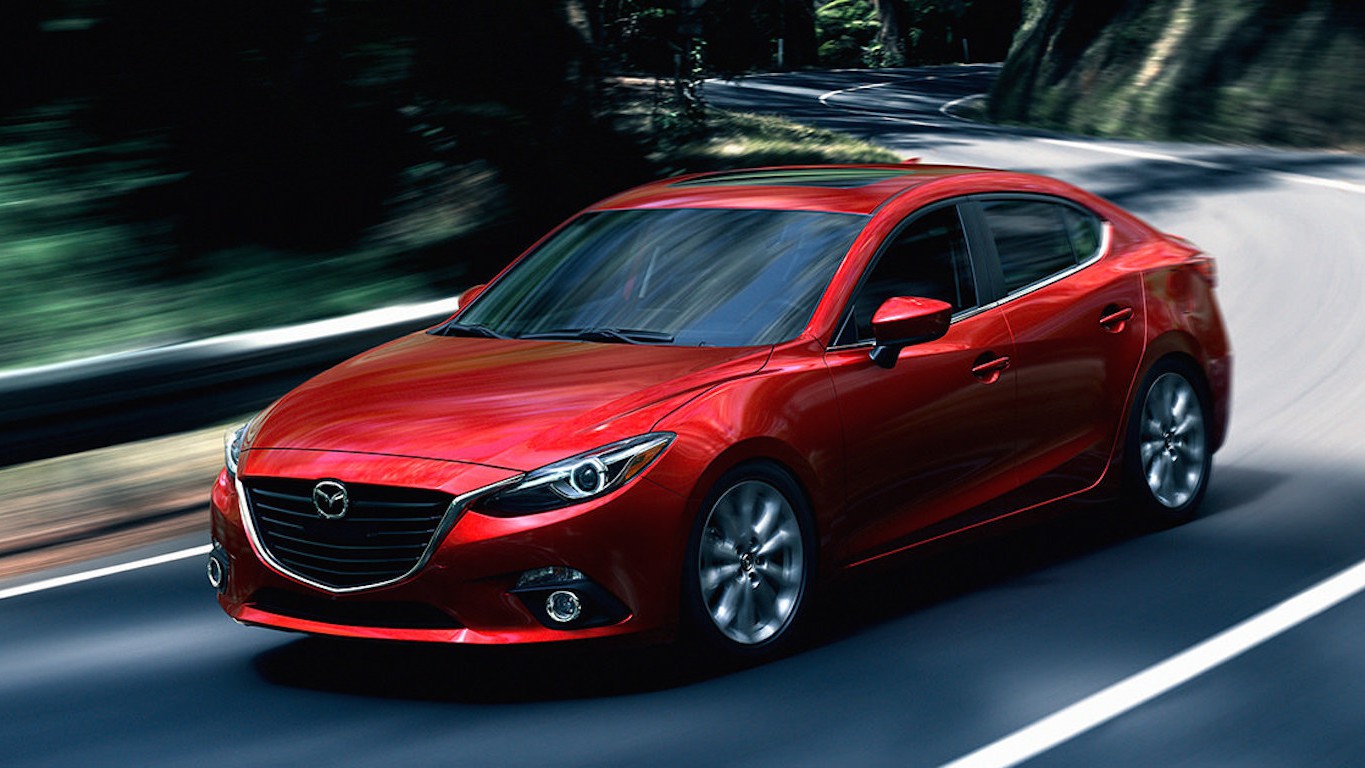
14. Mazda
> 2017 customer satisfaction index: 82
> 2016 customer satisfaction index: 80
> U.S. YTD sales 168,713
> U.S. YTD market share: 1.7%
Mazda is one of the least well known Japanese car brands, selling a fraction of the total units that leader Toyota does in any given year. Mazda specializes in low-priced, high-mileage cars. Mazda’s U.S. unit sales were down 2.6% through the first seven months of the year. Mazda has had the same problem as other car companies — trouble moving traditional passenger cars. Sales of the Mazda 3 sedan dropped 20.6% to 47,241. This was partially offset by sales of its crossover CX-9 SUV, which rose 143.6% to 14,431.
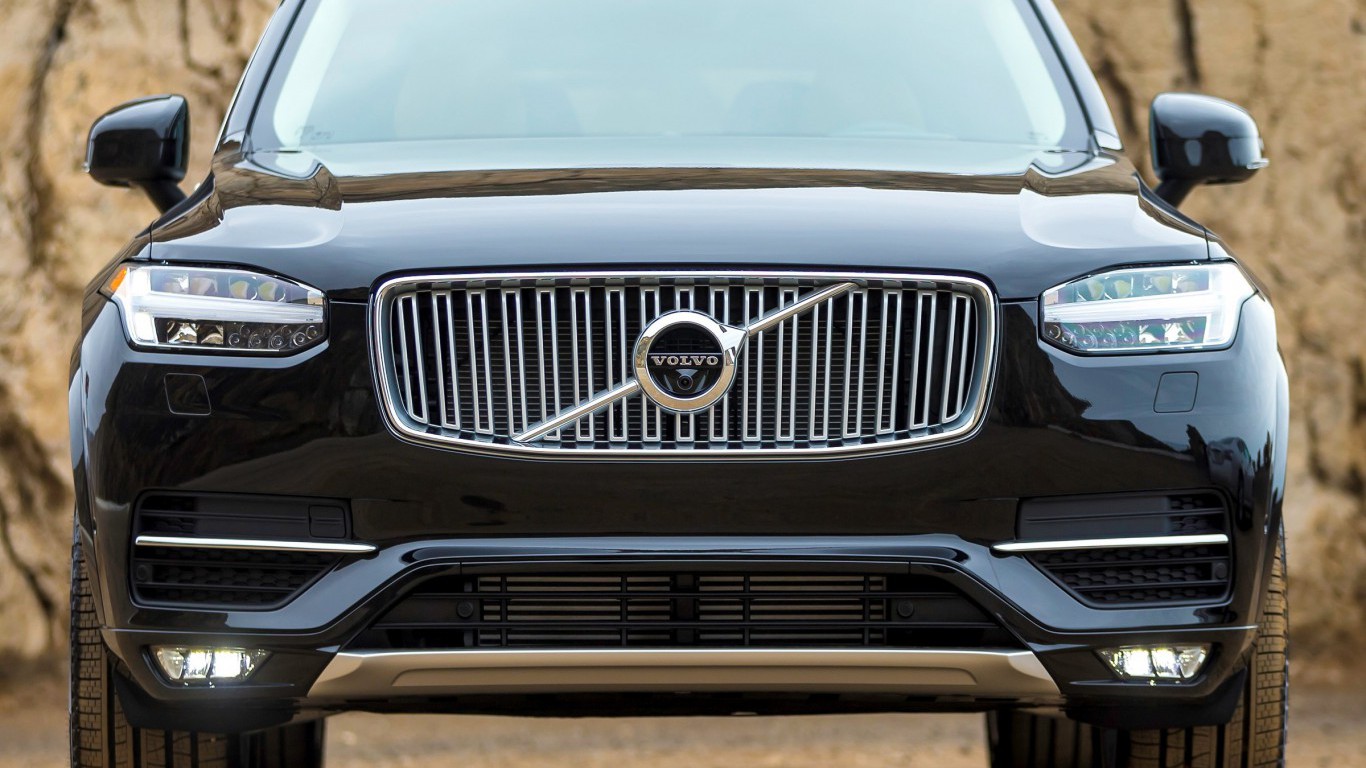
13. Volvo
> 2017 customer satisfaction index: 82
> 2016 customer satisfaction index: N/A
> U.S. YTD sales 41,072
> U.S. YTD market share: 0.4%
Volvo recently touted its flagship XC90 crossover as the “Most Awarded Luxury SUV of the Century.” That, however, has not translated into high marks for quality, or unit sales. The company, owned by Chinese auto giant Geely Holding Group, posted a 9.2% decline in U.S. unit sales in the first seven months of the year. Sales of the XC90 dropped 23% for the period to 14,552.

12. Chevrolet
> 2017 customer satisfaction index: 81
> 2016 customer satisfaction index: 83
> U.S. YTD sales 1,120,384
> U.S. YTD market share: 11.4%
Chevrolet is the largest division of GM, accounting for 68% of the parent’s seven-months total of 1,640,553 unit sales. The importance of full-size pickups to U.S. manufacturers was evident as the Silverado, the second best selling vehicle in America, accounted for 28% of Chevy’s sales for the period. Unfortunately, Silverado sales were down 5.8% to 308,906, well behind Ford’s F-150, the leader for many decades.
[in-text-ad-2]
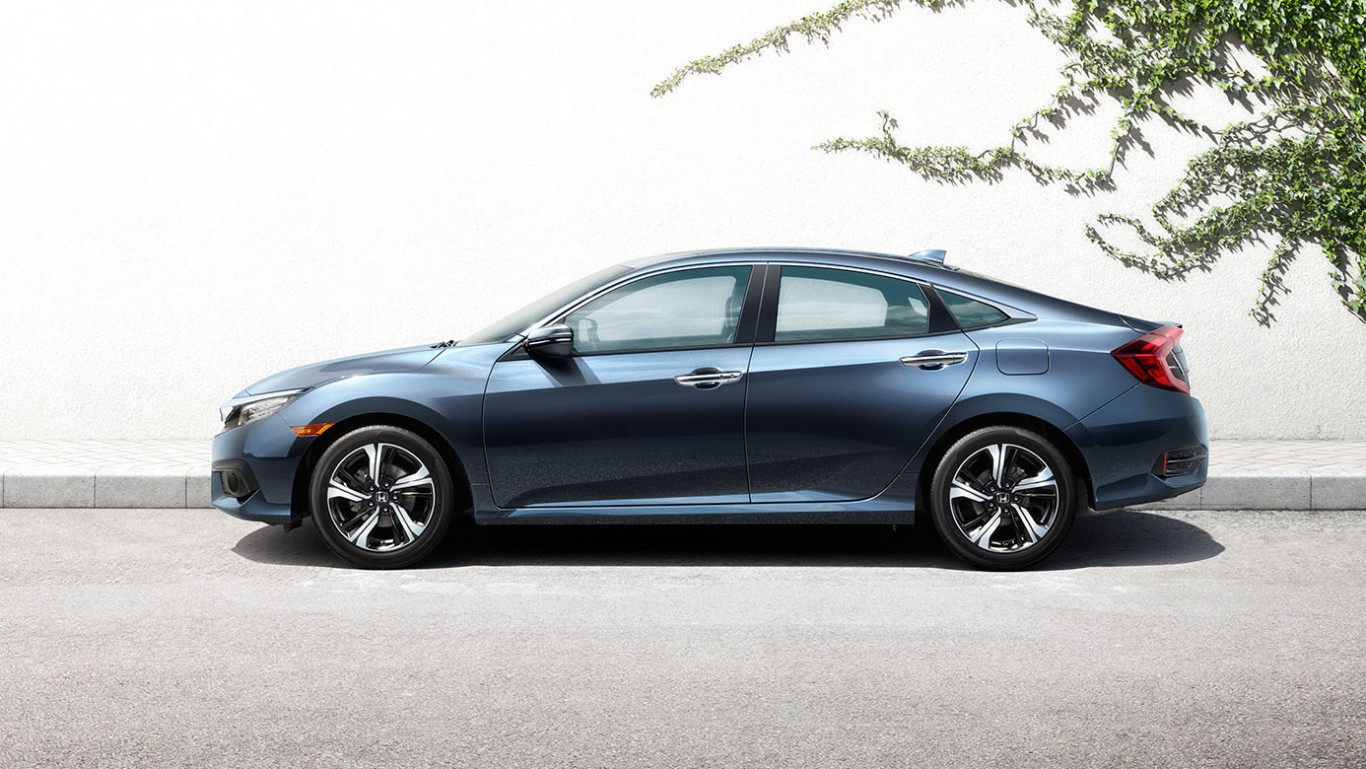
11. Honda
> 2017 customer satisfaction index: 81
> 2016 customer satisfaction index: 86
> U.S. YTD sales 854,818
> U.S. YTD market share: 8.7%
Honda is Japan’s No. 2 car company, behind Toyota. This year, Honda’s unit sales in the U.S. declined 0.2% to Toyota’s 2.5% drop. Weakness in sales of its two most popular sedans have hurt the brand. Accord sales were down 5.1% through the first seven months of 2017 to 190,994. Civic sales were down 4.6% to 212,446. As is true with many other companies, SUVs and crossovers have propped up the brand’s total sales. U.S. sales of the CR-V were up 12.3% to 219,017.
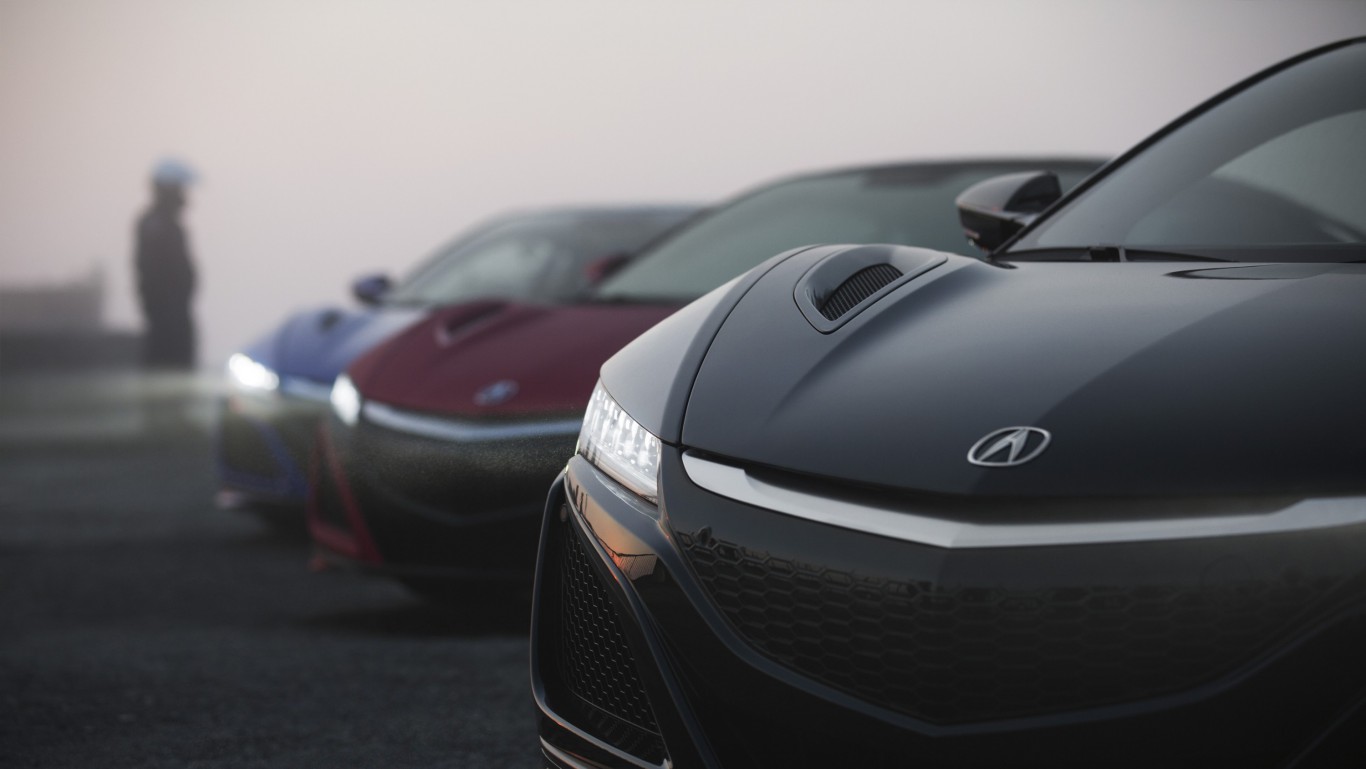
10. Acura
> 2017 customer satisfaction index: 80
> 2016 customer satisfaction index: 76
> U.S. YTD sales 88,048
> U.S. YTD market share: 0.9%
Acura is Honda’s luxury division. Its unit sales were down 5% through July. Sales of two of its best selling vehicles dropped over the period. Sales of the TLX sedan were off 2.2% to 21,560. Sales of the MDX crossover were down 4.2% to 28,282.
[in-text-ad]

9. Buick
> 2017 customer satisfaction index: 80
> 2016 customer satisfaction index: 79
> U.S. YTD sales 126,282
> U.S. YTD market share: 1.3%
Buick is the third largest of GM’s four divisions. Its total unit sales were off 0.7% through the first seven months of the year. The division has more than held its own because of two models. Sales of Buick’s compact luxury Encore were up 12.6% to 48,819. Sales of the new Envision crossover hit 25,432, up 763% compared with 2016.
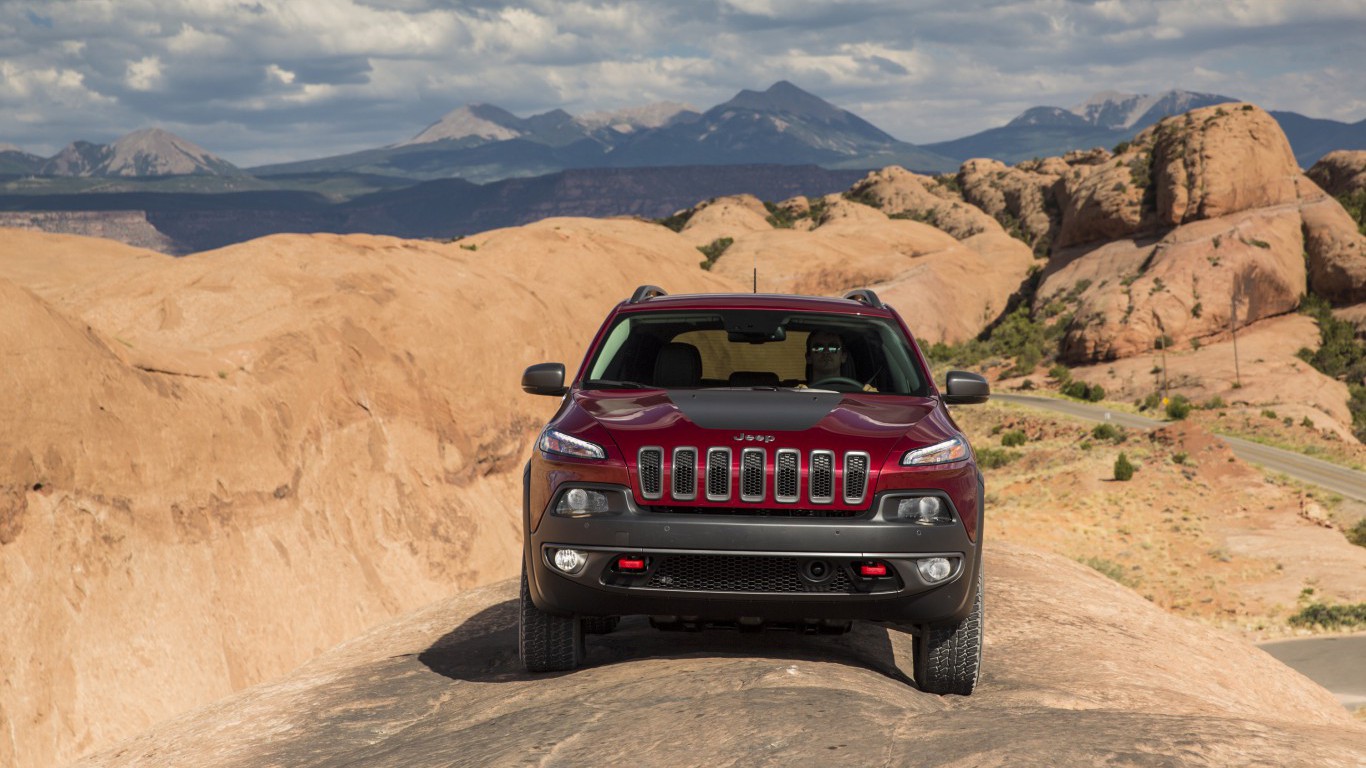
8. Jeep
> 2017 customer satisfaction index: 80
> 2016 customer satisfaction index: 78
> U.S. YTD sales 475,642
> U.S. YTD market share: 4.9%
Jeep was in the headlines recently when rumors arose that China’s Great Wall Motor Company wanted to buy it from parent Fiat Chrysler. Jeep is one of several headaches for the parent company. Jeep’s unit sales were down 13% this year through July. Two of its models are in deep trouble. Sales of the Compass were down 42% to 33,274. Sales of the Patriot plunged 52% to 34,274. Only the top of the line Grand Cherokee is doing well with sales up 16% to 135,403.
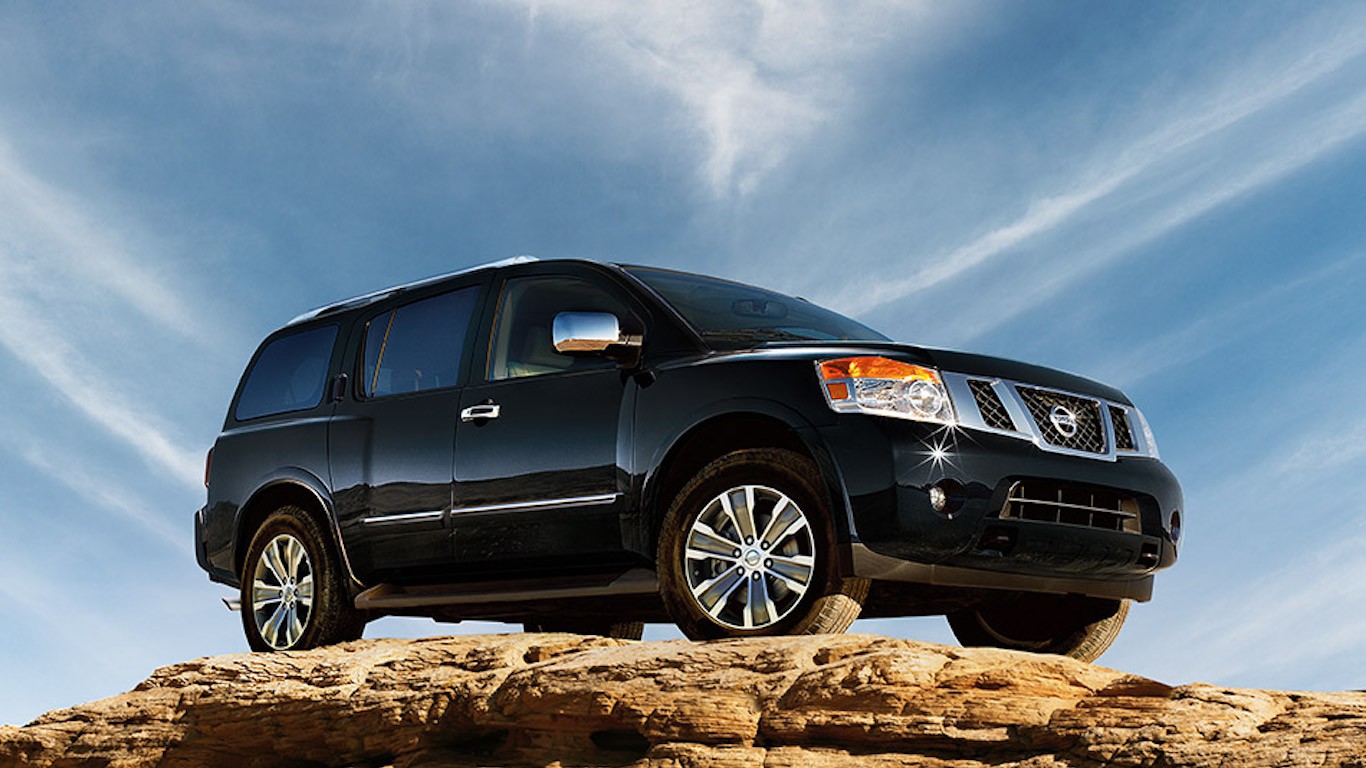
7. Nissan
> 2017 customer satisfaction index: 80
> 2016 customer satisfaction index: 80
> U.S. YTD sales 858,000
> U.S. YTD market share: 8.8%
Nissan is Japan’s No. 3 car company behind Toyota and Honda. Below average customer service scores have certainly not helped Nissan’s sales, which were down by 4.1% in July from the same time last year, and flat for the seventh month period. Several Nissan models have bucked the trend. Infinity sales were up 20.1% for the first seven months of the year to 89,983. One of the primary backbones of Nissan’s success is the Rogue small crossover. Its sales for the year are up 25.2% to 228,114.
[in-text-ad-2]
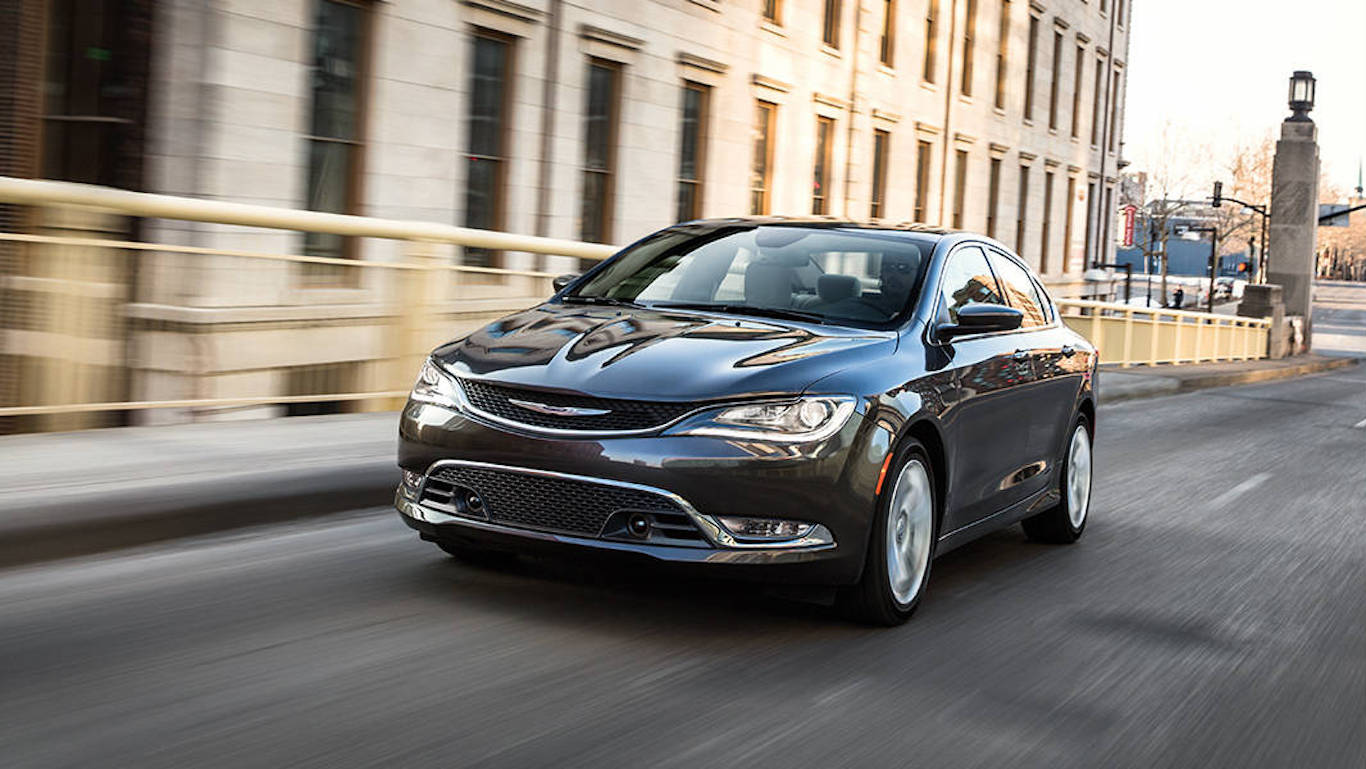
6. Chrysler
> 2017 customer satisfaction index: 79
> 2016 customer satisfaction index: 79
> U.S. YTD sales 115,398
> U.S. YTD market share: 1.2%
Chrysler has several problems, the most difficult of which is that it primarily makes passenger cars in a period that many consumers want SUVs and crossovers. Consequently, Chrysler’s unit sales were down 23% over the first seven months of the year. The numbers would have been worse if not for the new Pacifica minivan. Chrysler has sold 67,886 Pacificas through July against 18,941 during the same period last year.

5. Ford
> 2017 customer satisfaction index: 79
> 2016 customer satisfaction index: 81
> U.S. YTD sales 1,428,503
> U.S. YTD market share: 14.6%
Ford is the best selling single car brand in the United States. Its success relies tremendously on a truck, the F-150 full-size pickup. Ford sold 499,327 F-series trucks in the first seven months of 2017, up 8.3% from the same period the year before. F-series sales accounted for 33% of all vehicles the Ford Division sold in the period. Many of Ford’s coupes and sedans did poorly. For example, Fusion sales dropped 29.1% to 121,111 in the January to July period.
[in-text-ad]
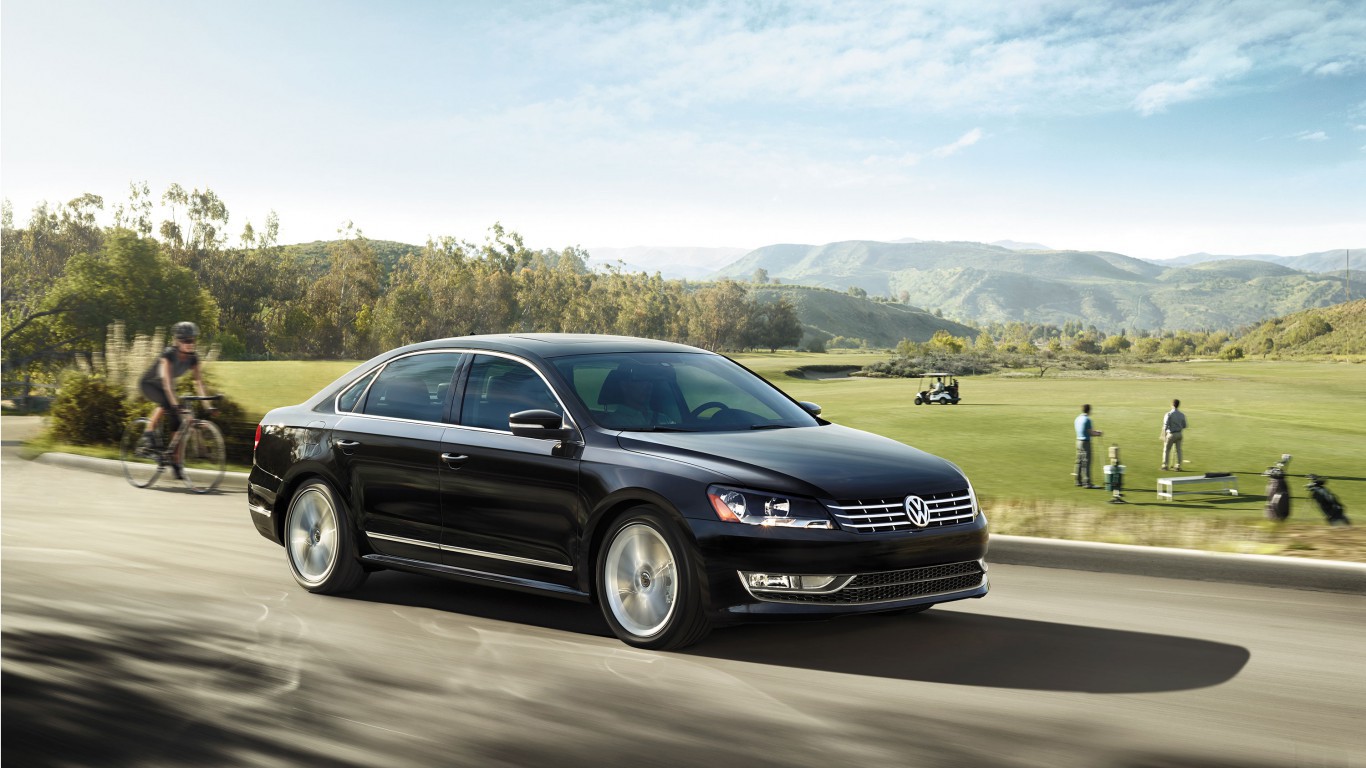
4. Volkswagen
> 2017 customer satisfaction index: 79
> 2016 customer satisfaction index: 78
> U.S. YTD sales 188,329
> U.S. YTD market share: 1.9%
After a diesel engine scandal that cost Volkswagen over $20 billion in fines and settlements and incalculable numbers of sales, its fortunes have began to turn around. VW’s unit sales for the first seven months of the year rose 5.9%, a modest figure but much better than the industry’s.
Sales of the Beetle and Golf Sportwagen have been particularly strong. VW continues to suffer from the fact that even though it is the world’s largest car company, its U.S. market share is minuscule.

3. Mitsubishi
> 2017 customer satisfaction index: 78
> 2016 customer satisfaction index: 79
> U.S. YTD sales 62,601
> U.S. YTD market share: 0.6%
Mitsubishi Motors has so little confidence in the U.S. market that it stopped making cars here in 2015. And while the poor ACSI score reflects this poor showing, unit sales did tick up in the first seven months of the year by 4.6%. The credit for the improvement goes to the Outlander. The crossover’s sales rose 33% in the first seven months of the year to 20,530. Mitsubishi said Outlander sales hit an all time record for sales in any July since it was introduced.

2. Dodge
> 2017 customer satisfaction index: 75
> 2016 customer satisfaction index: 78
> U.S. YTD sales 292,244
> U.S. YTD market share: 3.0%
Dodge may be the least troubled of Fiat Chrysler’s car brands. The division’s unit sales have fallen 5% in the first seven months of the year, which is a much better result than any of the parent’s division other than the RAM pickup. A crossover has kept Dodge on good footing. The Journey sold 63,677 units in the first seven months of the year, up 18% compared to the first seven months of 2016. And a minivan has been another critical success. Caravan sales were up 4% to 87,370. Dodge has scrapped its Viper supercar. This year, Dodge has sold only 458 of them, up 30%.
[in-text-ad-2]

1. Fiat
> 2017 customer satisfaction index: 75
> 2016 customer satisfaction index: N/A
> U.S. YTD sales 16,926
> U.S. YTD market share: 0.2%
Fiat’s struggles in the U.S. market, which have gone on for a year, have seemed to get even worse recently. The brand routinely ranks at the bottom of the well regarded J.D. Power car customer surveys. Consumer Reports summed up its opinion simply, “Reliability has been dismal.” Sales have been dismal as well. Fiat’s unit sales are down 13% this year. While Fiat’s new Spider sold 2,950 units in the first seven months of the year against 481 last year, sales of the three 500 models got worse in turn. At the bottom, sales of the 500X were down 64% to 917. Sales of its three 500 models got worse in turn. At the bottom, sales of the 500X were down 64% to 917.
It’s Your Money, Your Future—Own It (sponsor)
Are you ahead, or behind on retirement? For families with more than $500,000 saved for retirement, finding a financial advisor who puts your interest first can be the difference, and today it’s easier than ever. SmartAsset’s free tool matches you with up to three fiduciary financial advisors who serve your area in minutes. Each advisor has been carefully vetted and must act in your best interests. Start your search now.
If you’ve saved and built a substantial nest egg for you and your family, don’t delay; get started right here and help your retirement dreams become a retirement reality.
Thank you for reading! Have some feedback for us?
Contact the 24/7 Wall St. editorial team.
 24/7 Wall St.
24/7 Wall St. 24/7 Wall St.
24/7 Wall St. 24/7 Wall St.
24/7 Wall St.



